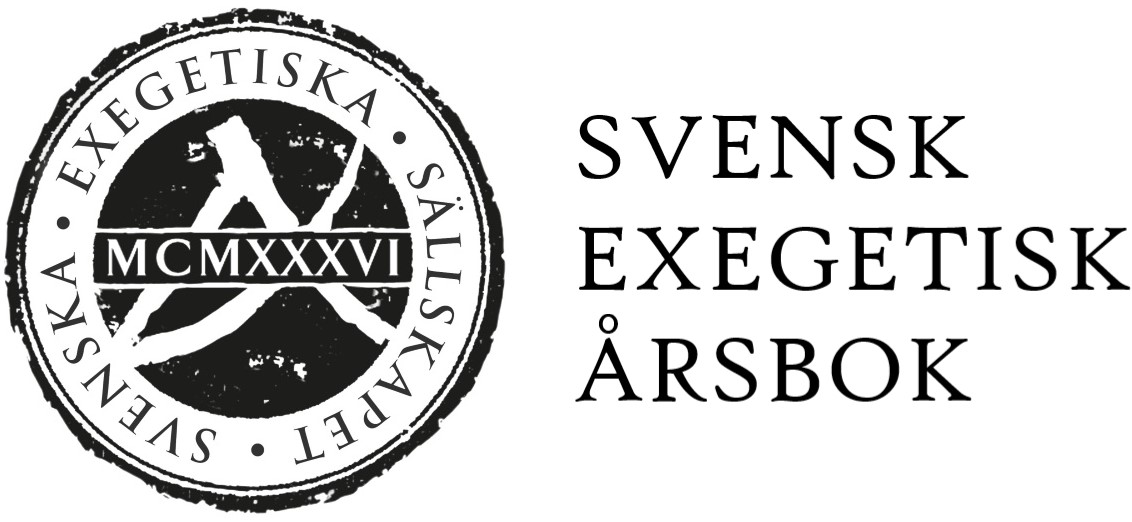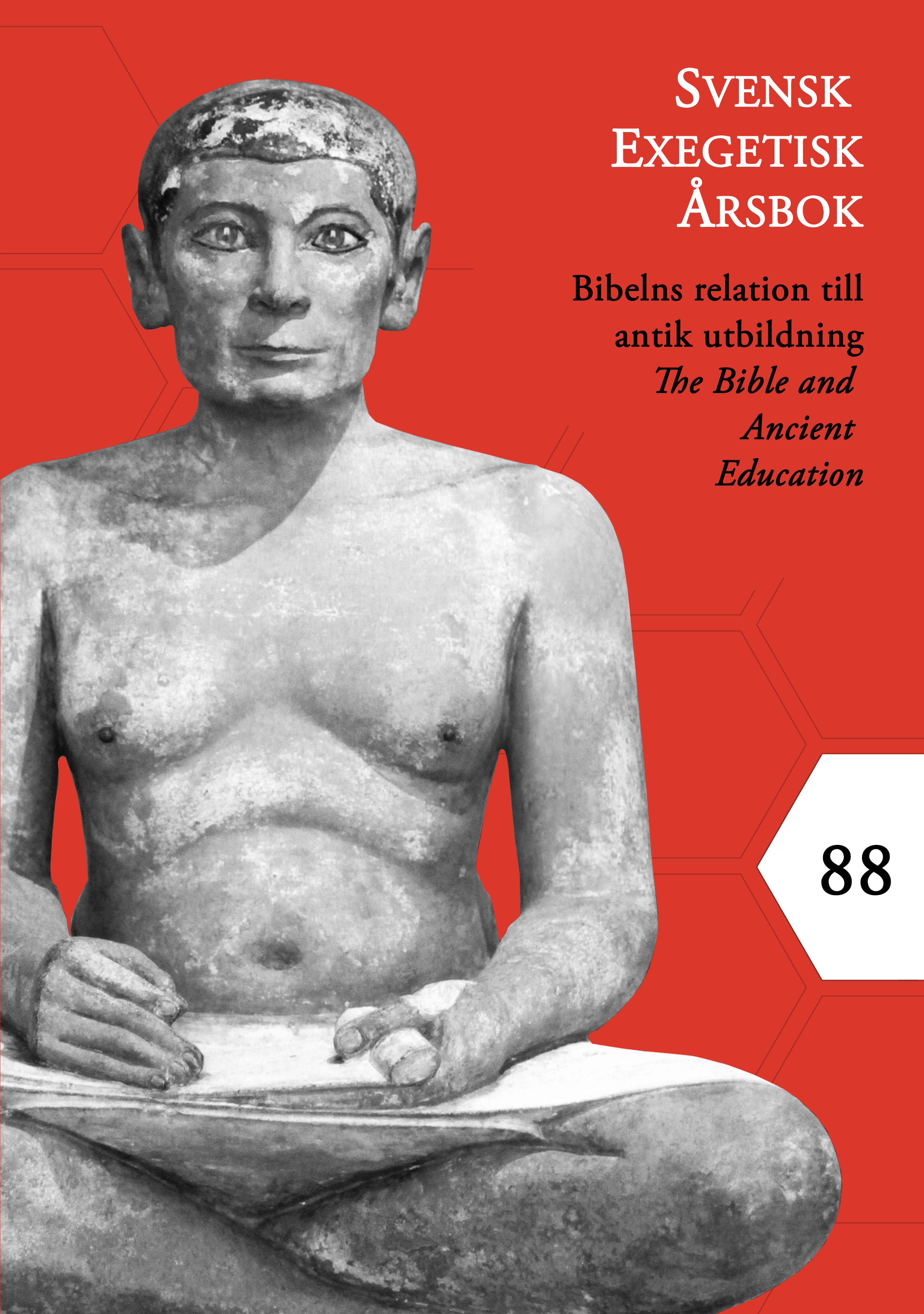Ancient Israelite Scribal Apprenticeships
DOI:
https://doi.org/10.58546/se.v88i1.12067Keywords:
hebrew bible, apprenticeships, scribal practices, ancient educationAbstract
This article applies the anthropological model of apprenticeship learning as articulated by Jean Lave and Etienne Wegner to the study of ancient Israelite scribalism. Apprenticeship learning created scribal “communities of practice,” and this can be identified in the ancient Hebrew inscriptional record as well as biblical texts. The main Hebrew term for an “apprentice” is naʿar, and this term appears on Hebrew seals and seal impressions. Scribal skills were learned in a variety of professions such as administrators, soldiers, merchants, prophets, and priests, and each of these professions would have had their own “community of practice.” The close-knit relationships forged by apprenticeship learning is reflected in the use of familial language such as “son of” to express different professional scribal communities.
Downloads
Published
How to Cite
Issue
Section
License
Copyright (c) 2023 William M. Schniedewind

This work is licensed under a Creative Commons Attribution-NonCommercial-NoDerivatives 4.0 International License.






